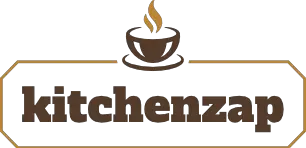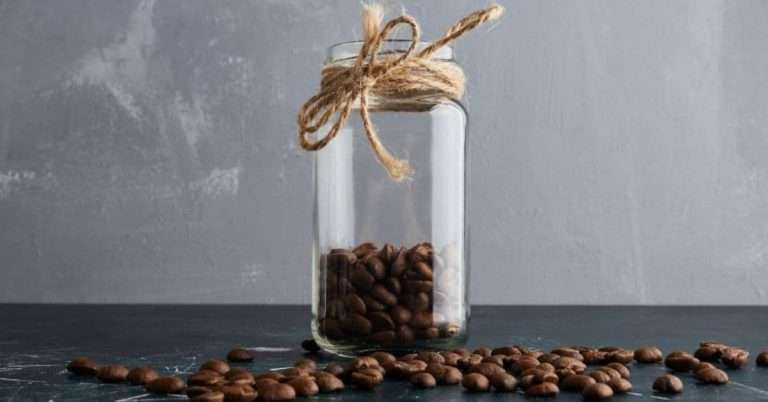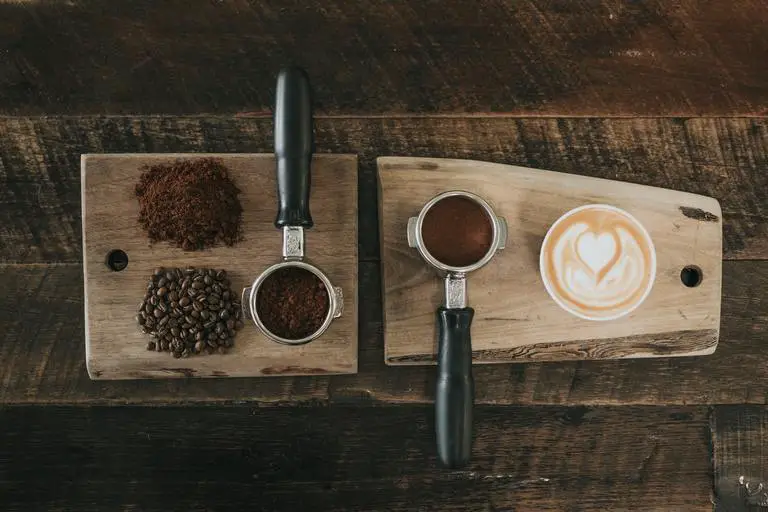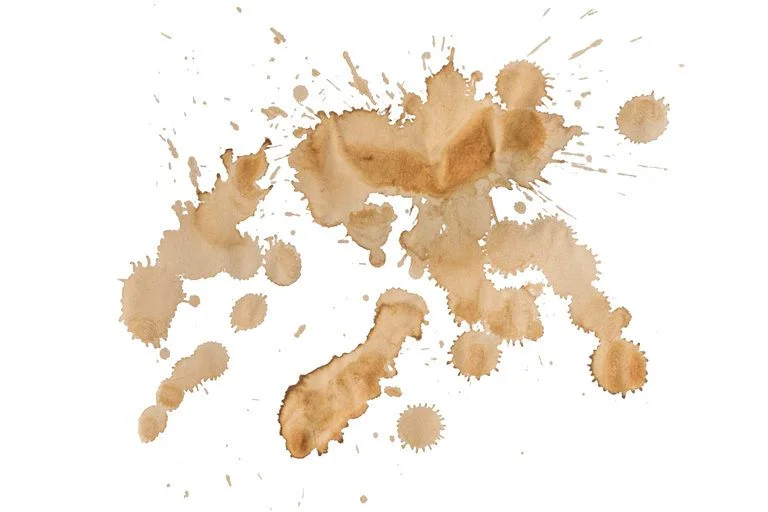Brew Like a Pro: Uncommon Insights into How to Do Coffee Dosing
What is Dosing Coffee?
Dosing means measuring the amount of coffee you will use. When you use a large amount of coffee, you can brew more coffee. When you use a small amount of coffee, you will brew less coffee.
When it comes to understanding how to do coffee dosing properly, coffee dosing scales are essential tools to help achieve quality and consistency in your coffee beverage.
Key Takeaways
- Dosing involves measuring precise coffee ground amounts to balance flavor and strength. Over or under-dosing leads to extraction issues.
- Digital scales provide accurate gram measurements, while spoons give volume estimates for casual brewing.
- Quality grinders produce consistent grounds essential for even extraction. Adjustability enables optimizing grind size.
- Standard portafilter basket sizes include 49mm, 53mm, and 58mm. Basket diameter impacts dosing capacity.
- Follow a systematic process of consulting dosage guidelines, pulling test shots, then methodically adjusting dose based on taste to dial-in the ideal amount.
Importance of Coffee Dosing
To put it into perspective, you can think of this process as taking a dose of medicine.
When used in larger quantities, it is not good; on the other hand, when underused, it becomes less effective. Therefore, you need to use the right dosage of coffee.
However, when it comes to highly specified grinders or commercial situations, you will probably use a dosing grinder.
The dosing grinder is an essential coffee dosing tool that helps in delivering the precise quantity of coffee.
This dosing procedure of coffee is relatively easy; it works by letting the grinder keep your dosing chamber full; when pulled on to a lever, a portion of the coffee will be dosed into your porter filter; a portion for each basket and two for double.
It is highly essential when it comes to a high volume situation; it prevents your coffee from sitting for an extended period to flatten.
Nonetheless, when it comes to low volume scenarios or home use, the manual dosing process is often preferred by most of the coffee enthusiasts.
This allows you to grind as much coffee as you need whenever necessary. With this process, you are assured that your coffee will be as fresh as you need it.
What is Single Dose Grinding?
Single dosing is a specialized manual grinding technique used by home baristas when making espresso.
The process involves weighing out precisely measured individual doses of whole bean coffee, then grinding each fresh dose directly into the portafilter basket just before pulling a shot.

Unlike continual hopper-fed grinding, single dosing leaves the grinder bean hopper empty in between shots.
For each shot, the barista carefully weighs out the desired amount of beans on a scale, then freshly grinds just that dose needed for the individual shot.
The main benefits this approach offers are maximizing freshness and enabling flexibility.
Storing beans in an airtight container preserves aromatic oils and prevents staling from environmental exposure. And alternating between beans and blends on the fly allows more variety shot-to-shot.
However, to work properly, single dosing requires a grinder designed to minimize old grinds retention between shots plus quick grind speeds. Slower grinders risk stale grinds tainting flavor consistency.
So grinders specifically optimized for precision single dosing are best suited for this manual espresso technique.
- Fits all 54mm Breville 8 series portafilters
- ESPRESSO ACCESSORY – This custom designed 54mm dosing cup is developed to work specifically with Breville’s 54mm…
Portafilter Types & Styles
Now that we have covered specialized single dose grinding, let’s look at the various portafilter types and styles used to handle these precise coffee grounds.
A portafilter is the handle tool used to hold the coffee grounds in an espresso machine. It’s what the barista attaches to the group head to lock in place when pulling shots.
The portafilter is a key tool – effectively the filter holder – that handles tamping, dosing, brewing and channeling espresso to your cup by securing it into the group head. It’s an integral espresso component.
The type of portafilter you use has a significant impact on coffee dosing. The most common portafilters are Single and double spouted. Inside the portafilter is a filter-basket which is held in place by a string.
- Material: Stainless Steel
- ☑SUITABLE FOR 58MM PORTAFILTER-Designed to work with the 58mm Portafilter baskets.
Portafilters come in a range of varieties and sizes to suit both commercial and home espresso machines.
Commercial Grade (58mm)
- Large 58mm stainless steel models made for intense use.
- Feature sturdy, heat-resistant handles and deep baskets fitting 18-22g doses.
- Used with high volume, consistent grinding and tamping.
Home Consumer Grade (49mm-53mm)
- Smaller 49-53mm chrome plated brass models for domestic machines.
- Lighter weight but less durable over years of daily use.
- Baskets accommodate 14-18g doses for home brewing.
Specialty Variants of portafilters
Pressurized (49mm-58mm)
- Single wall basket with one hole.
- Allow using pre-ground coffee.
- Best for beginners starting out.
- Contain a single wall filter basket with one hole
- Create pressure for consistent extraction
- Require less precision in dosing
Non-Pressurized (49mm-58mm)
- Require perfectly ground and tamped coffee.
- For experienced baristas to control flavor.
- Contain a double spouted, multi-hole basket
- Require precise grinding and tamping
- Ideal for experienced baristas
- Require accurate dosing and distribution
Bottomless (49mm-58mm)
- Feature no spouts, allowing monitoring.
- Require flawless technique.
- Used for training, diagnosis by professionals and by advanced manual brewers
- Help monitor extraction quality
- Demand exemplary dosing and tamping
E61 (58mm)
- De facto standard commercial 58mm size.
- Tabs lock into E61 compatible group heads.
- Robust for high volume cafes.
- Standard 58mm commercially sized
- Offer durability for high-volume cafes
- Used with precision automatic grinding and dosing
Choosing the right portafilter depends on the machine and user’s skills. Then adapt grinding, dosing and tamping accordingly.
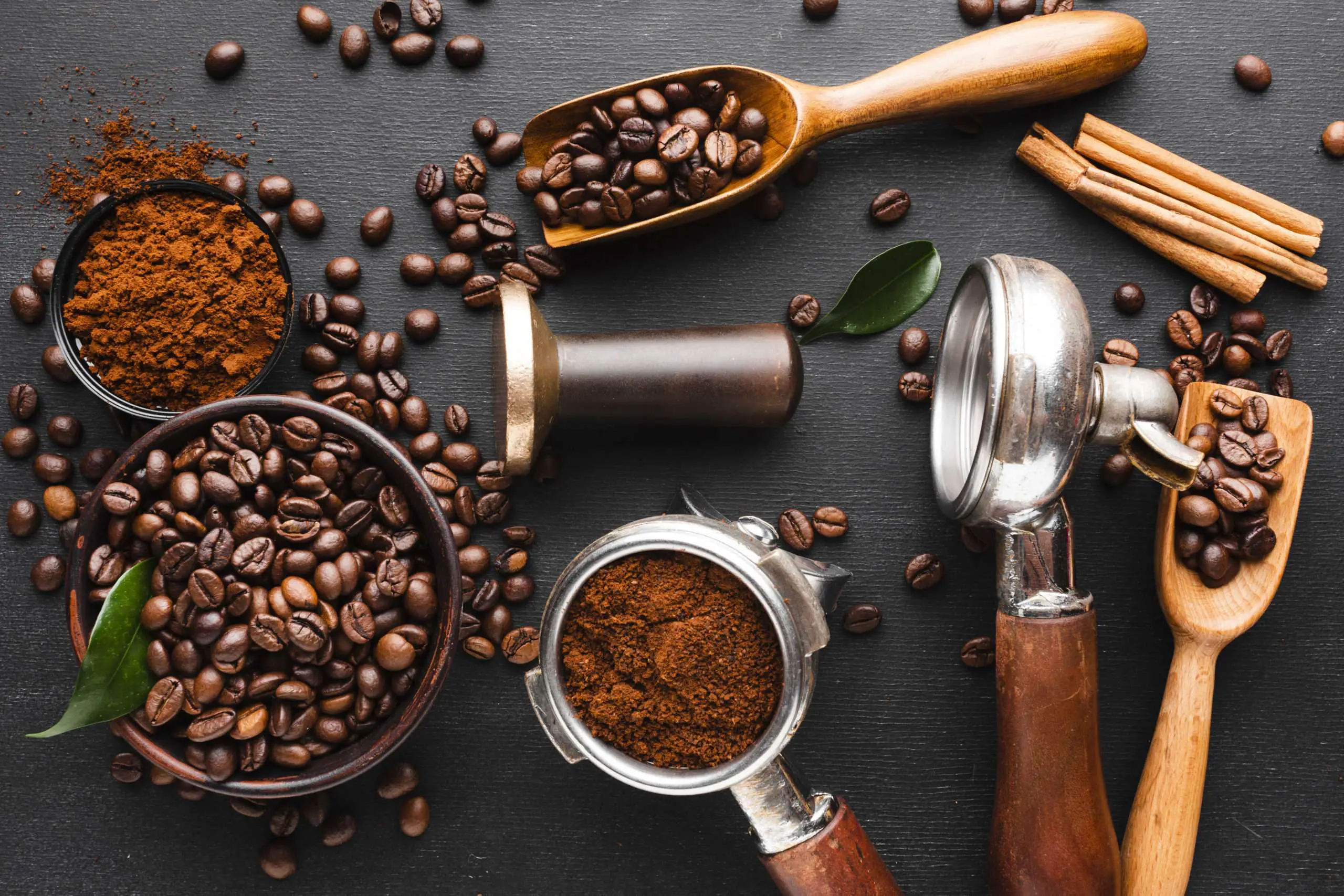
Choosing Portafilter Type and Basket Size
- Consider user experience level and machine style/volume when selecting the best portafilter type:
- Beginners: Pressurized (forgiving)
- Advanced: Bottomless (strict technique)
- Portafilter diameter determines compatible basket sizes
- Guidelines for standard basket capacities:
- 49mm basket: 14-18g dose capacity
- 53mm basket: 16-20g dose capacity
- 58mm basket: 18-22g dose capacity
- Dosing amount depends on basket size:
- Dose amount of grounds equal to basket size
- Ex: dose 14g into 14g basket; 22g into 22g basket
- General dosing ranges based on shot type:
- Single shot: 7-14g
- Double shot: 14-20g
- Triple shot: 18-24g
- Weigh doses using coffee scales for consistency
- Distribute and tamp evenly before locking portafilter
- Adjust precise amount within range for factors like roast style and personal flavor preference
- 【FIRJOY 53.3mm Dosing Cup】- Specially designed to work with Breville 54mm Portafilters and on Breville machines with…
- Wide Application: Compatible with all brands of 54mm size portafilter. Specially designed for Breville 8 series coffee…
Determining the Ideal Coffee Dosage
Dialing in the ideal coffee dosage depends on multiple factors and involves a blend of science and artistry.
Key Steps for Dialing-in the Optimal Dose
Follow this systematic workflow to determine the ideal individualized dose for your coffee:
- Consult Dosage Guidelines
- Check recommended baseline ranges from the roaster or barista
- Note specifications based on coffee origin/roast style
- Inspect basket size limits
- Prepare Test Shots
- Start with 50% of target yield as test dose amount
- Distribute and tamp grounds evenly in portafilter
- Pull Test Shots
- Extract prepared shot, weighing and timing result
- Record dosing amount and shot metrics
- Sensory assess balance of flavors
- Adjust & Retest
- Change dose up/down in small increments, keep other variables constant
- Pull multiple tests per adjustment to check consistency
- Determine Optimal Zone
- Identify dose range that balances acidity, sweetness, clarity
- Fine-tune in smaller increments within optimal zone
- Account For Changes Over Time
- Coffee beans stale over weeks, recheck ideal dose
- Grind size can drift, validate and adjust grind setting
Measuring output yield and timing shots while methodically adjusting dose based on structured tasting will help discover the sweet spot for any coffee. Patience and persistence pays off.
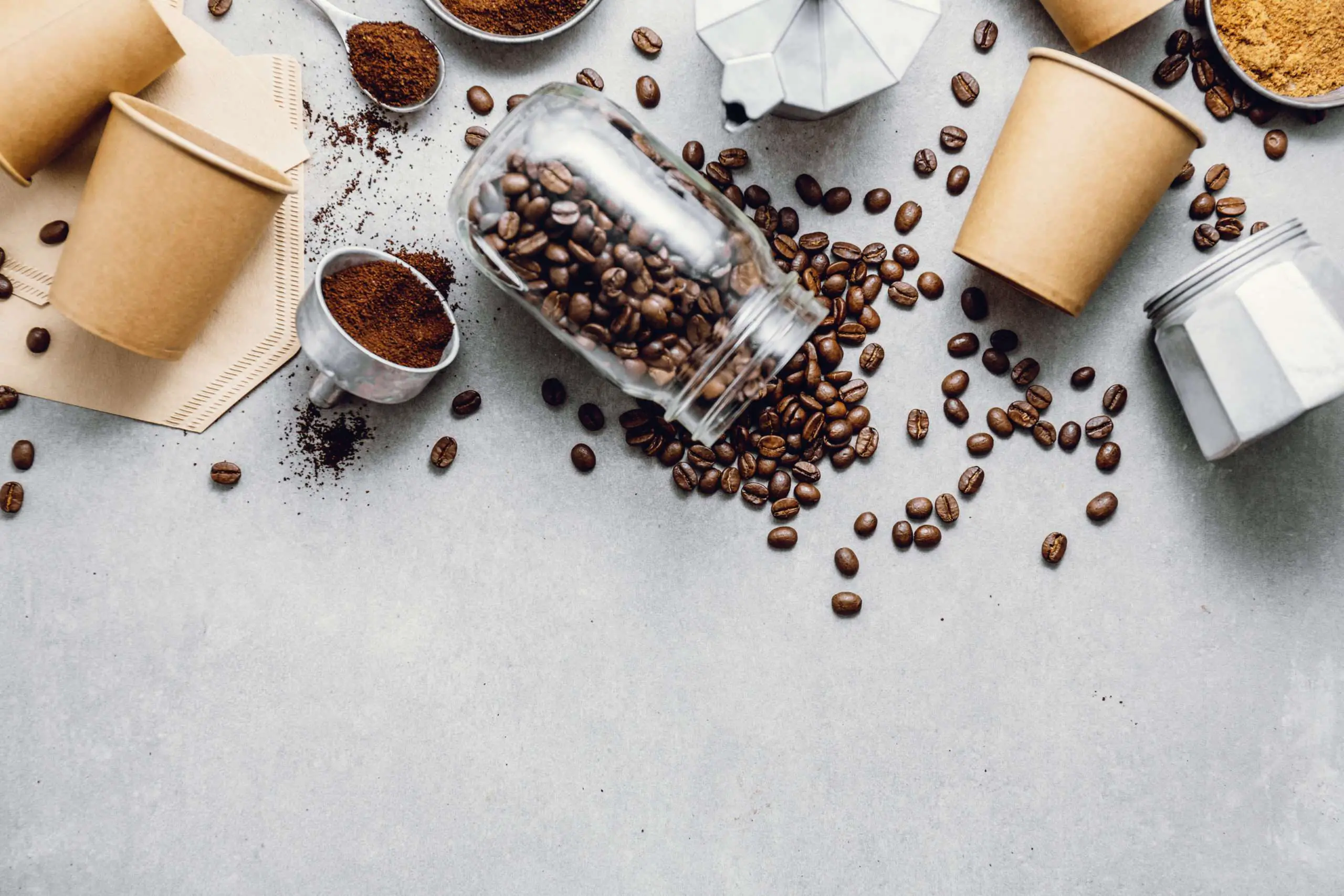
How to measure your machine’s portafilter?
Determining the exact portafilter size is crucial for dose calculations. There are a few simple methods to measure your machine’s portafilter
Knowing the size of your portafilter is important for selecting the right accessories and dose amounts. There are a few simple ways to measure your portafilter:
Using a Ruler
- Place the portafilter flat on a level surface
- Use a straight ruler lined up vertically across the inner diameter of the portafilter basket
- Read the measurement between the edges of the basket to get the size in mm or inches
- Measure a couple spots and average readings for accuracy
Compare to Standard Sizes
- Portafilter sizes generally fall under standard sizings like 49mm, 53mm, or 58mm
- Visually inspect whether your portafilter lines up with a known size
- Or try inserting it into group heads or accessories listed as those sizes
Digital Calipers
- For greatest precision, use digital calipers to measure
- Adjust the jaws to fit flush against either side of the portafilter basket walls
- The digital readout will then display the exact diameter
Measuring Volume
- Weigh how much water the portafilter basket holds when full in grams
- Compare the volume against common capacities for different sizes
- A 53mm often holds 16-20g water, 58mm holds ~20-22g for reference
Looking up Machine Specs
- Check user manuals/specifications for your espresso machine model
- Often the manufacturer lists the compatible portafilter size
- Useful as a secondary confirmation of measured size
Following these tips will help you reliably measure both the outer portafilter diameter as well as the crucial inner basket diameter. Knowing the exact size will ensure accessory compatibility and inform ideal dose amounts.
So the size of the portafilter, basket, and dose amount are all connected and choosing the right ones for your espresso machine is important.
The most common portafilter size is 58mm. You can measure portafilter size using a ruler, calipers, or by comparing to standard sizes.
To measure portafilter basket size, use the diameter or volume capacity.
With that said, let us go through the dosing procedure of coffee.
How To Measure The Correct Coffee Dosage
The ideal coffee dosage depends on three key factors:
- Basket size
- Desired beverage flavor and mouthfeel
- Coffee solubility based on roast profile
Basket Size Guidelines
- Basket sizes are commonly described in grams (e.g. 20g basket)
- As a general guideline, dose an amount of coffee equal to the basket size capacity
- Example: 20g of coffee for a 20g basket
- However, the precise dosage can be adjusted based on other factors
Dosage Impact on Flavor
- Higher dose = stronger, more intense flavor
- Lower dose = lighter, more delicate flavor
- Dosing too low risks weak/sour under-extracted coffee
- Dosing too high causes bitter and overly strong coffee
Solubility Based on Roast Level
- Light roasted coffee is harder to extract and may need a higher dose
- Dark roasted coffee is easier to extract so can use a lower dose
Determining The Optimal Dose
While basket size sets capacity limits, the ideal dose depends heavily on balancing flavor components, which varies by factors like:
- Roast style
- Coffee origin/varietal
- Personal taste preferences
A process of methodical testing – adjusting and tasting shots – helps determine the optimal dose amount for any coffee.
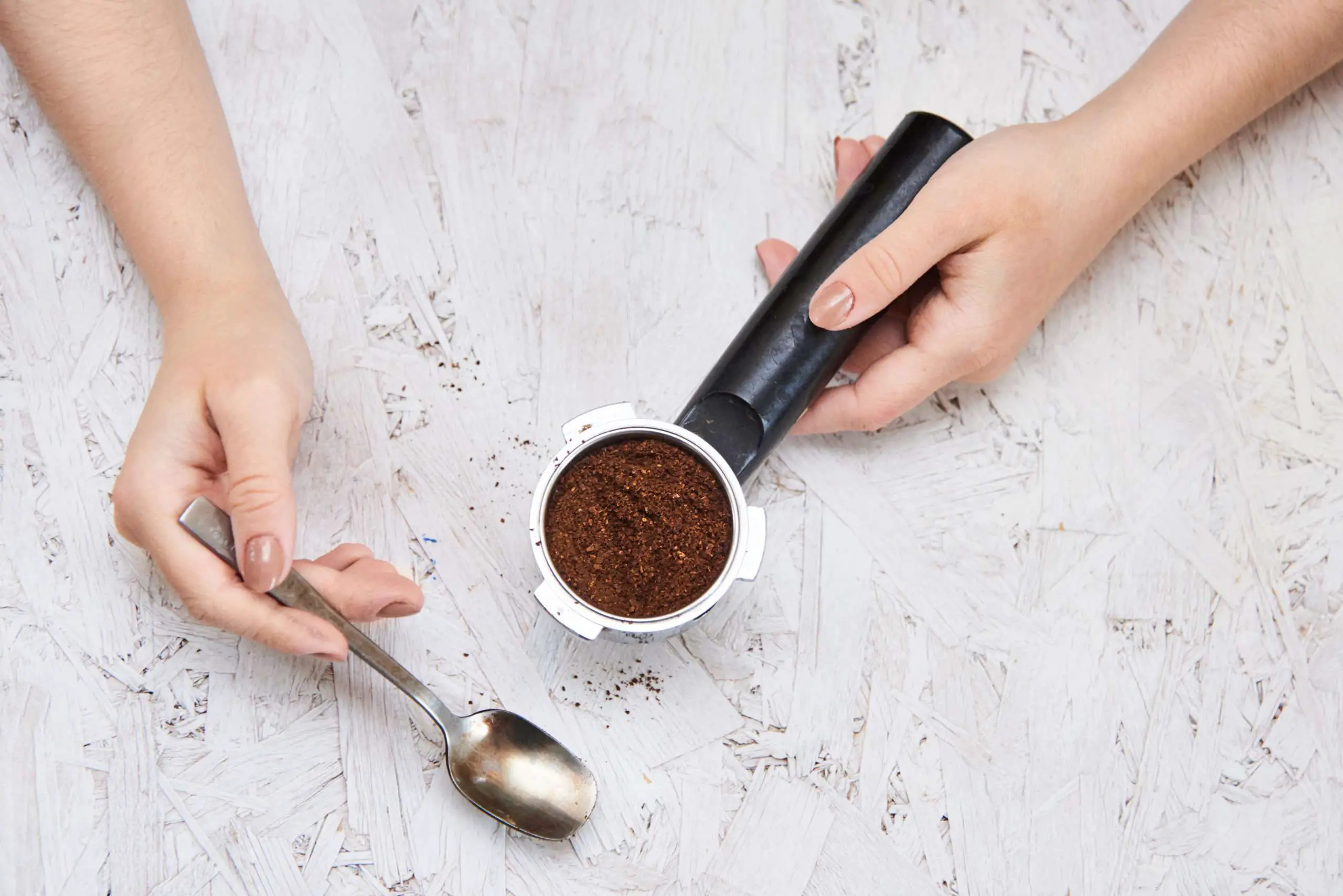
Getting Brew Ratio Baselines
- Finding a baseline helps narrow the dialing-in process. Consult a coffee’s recipe card or packaging for the roaster’s suggested dose along with ideal brew ratios. For example 18g dose to 36g espresso yield.
- Ask your barista for recommended starting doses. Also inspect the portafilter basket size which dictates capacity limits. These form initial guardrails.
Pulling Test Shots
- Using your calibrated espresso machine, pull a series of test shots with your baseline dose amount evenly distributed and tamped.
- Weigh out both the dose along with the liquid espresso yield for each shot. Note extraction time.
- Evaluate shot volume and timing against baseline targets. Taste each test shot making sensory assessments. Look for areas that are out of balance or need improvement.
Methodically Adjusting Dose
- Based on initial test shot results, incrementally make minor adjustments to your ground coffee dose up or down. Change by just 0.5-1g between shots.
- Keep the brew ratio similar by dosing up while also extracting higher liquid yield. Increase time if shots run fast.
- Keep detailed records connected to each dose change. Pull multiple tests of each dose with everything else consistent.
- EASY TO LIFT – Inspired by the filter lens used for camera design, the side edge knurling provides a more textured grip….
Fine Tuning Based on Tasting
- With small dose adjustments made, critically taste and smell test shots side-by-side. Evaluate balance of sweetness, clarity, body and finish once shots rest.
- Brew a smaller and larger dose batch comparing favorability. Order samples blind if needed to remove bias.
- Agree on preference among multiple tasters before settling on an ideal personalized dose.
Determining Your Ideal Dosage
Start with the roaster’s recommended dosage range listed on the coffee’s packaging or recipe card. Ranges are typically:
- Milk-based coffee: 20 to 21g
- Espresso: 18 to 20g
Begin by dosing 50% of your target beverage weight. For a 40g espresso shot, start with 18-20g of coffee as your test dose.
Brew a series of test shots, incrementally adjusting dose up or down in 1g amounts. Keep the brew ratio constant (e.g. 20g dose for a 40g yield).
Taste and compare test shots to determine if more or less coffee dose balances flavor:
- Lower dose can increase acidity, sweetness
- Higher dose boosts body and intensity
An optimal dose features well-integrated sweetness, clarity, and rounded texture.
Once the ideal zone is found, fine-tune in 0.5g increments to hone the perfect amount. Recheck and adjust as the coffee ages.
Summary
Properly dosing coffee is essential for optimizing flavor balance and extraction. By precisely measuring coffee grounds and methodically adjusting amounts, you control shot quality and strength.
Carefully dosing within defined guidelines enables the full flavor potential to shine through balanced sweetness, acidity, and finish.
While dosage depends on factors like roast level, origin, and personal preference following the standard process helps determine the ideal amount for your beans and palate.
Using high quality tools for fresh grinding along with incremental testing based on systematic tasting will reveal your coffee’s sweet spot. Accounting for changes from aging then maintains quality over time.
So take the time to weigh out coffee, pull test shots controlling variables, and intentionally tweak dosage until flavor equilibrium is fully aligned. The resulting perfection in a cup will be well worth the effort.
FAQs
What is dosing in coffee making?
In coffee making, dosing refers to the process of measuring out the right amount of coffee grounds to use in a brew. This is an important step in the brewing process because it affects the strength and flavor of the final product.
What is a coffee dosing cup?
A coffee dosing cup, also known as a coffee scoop, is a small measuring tool used to measure out the appropriate amount of coffee grounds for a given brew. It is a useful tool for coffee lovers who want to ensure that they are using the correct amount of coffee for their brews.
3. How do you use a dosing cup coffee?
Most dosing cups have measurements marked on the inside to indicate how much coffee to use. Simply scoop the desired amount of coffee grounds into the dosing cup, level off the grounds, then transfer them into your coffee maker. Using a dosing cup helps ensure you use the right amount of coffee for consistent flavor.
4. How do you use a coffee dosing ring?
A dosing ring is a round metal tool placed on top of the portafilter basket to assist in evenly distributing ground coffee. To use a dosing ring:
Place it evenly on top of a filled portafilter basket
Use a WDT (weiss distribution technique) tool to stir the grounds around the perimeter to dislodge clumps
Rotate the ring itself to rake the grounds level and uniform
Remove ring and use a leveler/tamper to finish distributing and compacting the dose.
The dosing ring creates a slight mound shape allowing you to spread grounds evenly using its edges. It helps remove voids and inconsistencies in the coffee bed for optimized extraction.
5. What is a coffee dosing funnel?
A dosing funnel is a cone-shaped tool used to guide the transfer of freshly ground coffee from the grinder directly into the portafilter basket when preparing espresso shots.
The funnel sits neatly over the portafilter basket opening to neatly direct grounds in and prevent spillage. Dosing funnels have a precise opening to portion doses efficiently. They allow cleanly filling baskets with loose grinds before tamping.
6. What is the best coffee dosing?
The best coffee dosing depends on the brew method, coffee origin and roast style, equipment used, and personal taste preferences. However, some general dosing guidelines are:
Espresso: 18-22 grams of ground coffee for a double shot
Pour Over: 55-60 grams of coarse ground coffee per liter of water
French Press: Roughly 7 grams coarse ground coffee per 100ml of water
Drip Machine: 1 tablespoon medium ground coffee per 6 oz water
Ideally, the exact dose amount should be dialed-in by taste through a process of methodical testing and adjustment based on flavor balance. Following recipe guides from roasters is also advisable over generic ratios. Precision scales help hit target dosing.
